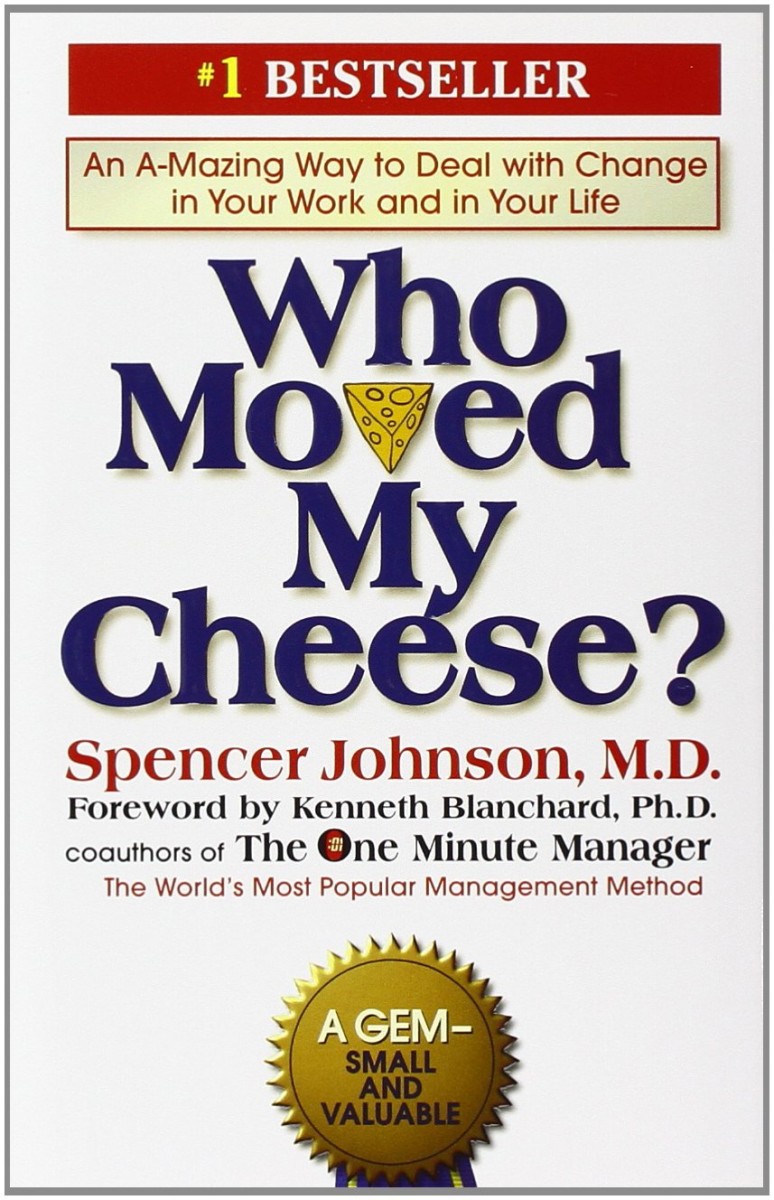
Elizabeth Shown Mills
Have you read that delightful little business manual, Who Moved My Cheese? Yes? No? Or maybe you're wondering: "What does that have to do with history research?"
A few days ago, in a different forum, I launched a tutorial on research along the early Louisiana frontier.1 In the introductory overview, I defined three types of records created there—hundreds of thousands of records, randomly surviving: administrative records, church records, and notarial records. One response zinged right into the heart of the most-common self-inflicted problem researchers have.
To paraphrase the response:
Hmhh. I never really thought about notarial records being the most important, because church records provide so much necessary info.
That's when I thought of Spencer Johnson's little book and the, oh, 27 million or so copies that it has sold.
Johnson's parable is a zinger, too. It deals with two "little people" named Hem and Haw, and two mice named Sniff and Scurry. All had become accustomed to finding their cheese in the same place. One day the easy cheese wasn’t there.
Hem and Haw were bummed out. “Who Moved My Cheese”?!
Sniff and Scurry reacted differently. Having noticed that the cheese supply was dwindling, they had already begun to look for different cheese, in different places and different ways.
History researchers have that same problem. Many, like Hem and Haw, grow quickly accustomed to the easy cheese: the records that have been published or the troves of special records popular in their area. But, sooner than later, they discover that many answers they need just aren't there in those convenient places.
Without that easy cheese, many researchers are bummed out, too. They've hit a brick wall—they think. But they haven’t. Like Sniff and Scurry, when the easy cheese is not there, we just need to put on our running shoes and head back into the maze, looking for our cheese in those different ways and different places.
If, as history researchers, we rely upon any one set of records or if we rely on what's been published—in print or online—three things are going to happen.
1. We’re going to hit a brick wall, because most records we need aren’t yet published, most answers to our research questions aren’t online for easy consumption, and even those glorious church records (or vital records in other regions) fail to address many of our research problems.
2. We’re going to get misleading information, because derivative records do have errors and most leave out seemingly minor details that can be immensely important to clever researchers.
3. We’re going to make a wrong conclusion because, without using all relevant records, we have no way of knowing about all the seriously conflicting information elsewhere that points toward a totally different conclusion.
As researchers, are you a Sniff and Scurry? Or a Hem and Haw?
1. Elizabeth Shown Mills, "Forgotten People: Cane River Creoles," Facebook (https://www.facebook.com/ForgottenPeopleCaneRiverCreoles : 13 July 2015); this tutorial will run in the page's "Bits of Evidence" series from no. 468 to no. 479 (or so).
Posted 24 July 2015